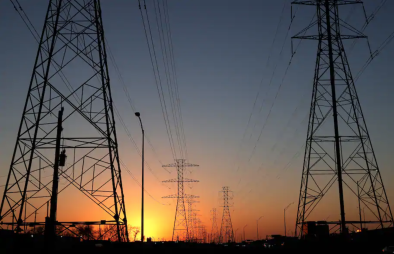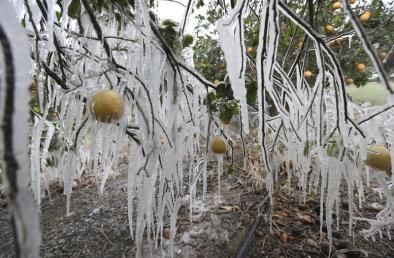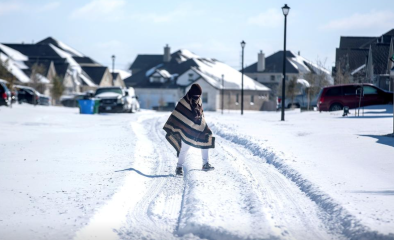Science Source
Evidence linking Arctic amplification to extreme weather in mid-latitudes
- States that arctic amplification (AA) – the observed enhanced warming in high northern latitudes relative to the northern hemisphere – is evident in lower-tropospheric temperatures and in 1000-to-500 hPa thicknesses
- Analyzes daily fields of 500 hPa heights from the National Centers for Environmental Prediction Reanalysis over N. America and the N. Atlantic to assess changes in north-south (Rossby) wave characteristics associated with AA and the relaxation of poleward thickness gradients
- Identifies two effects that each contribute to a slower eastward progression of Rossby waves in the upper-level flow: 1) weakened zonal winds, and 2) increased wave amplitude
- Finds that these effects are particularly evident in autumn and winter consistent with sea-ice loss, but are also apparent in summer, possibly related to earlier snow melt on high-latitude land
- Suggests that slower progression of upper-level waves would cause associated weather patterns in mid-latitudes to be more persistent, which may lead to an increased probability of extreme weather events that result from prolonged conditions, such as drought, flooding, cold spells, and heat waves
Related Content
Science Source
Warm Arctic, Cold Continents: A Common Pattern Related to Arctic Sea Ice Melt, Snow Advance, and Extreme Winter Weather
Judah Cohen, Justin E. Jones, Jason C. Furtado et al
Headline

Feb 23, 2021 | Washington Post
Deadly Texas blackout shows our vulnerability to coming climate extremes
Headline

Feb 19, 2021 | Associated Press
EXPLAINER: Topsy-turvy weather comes from polar vortex
Headline

Feb 19, 2021 | Reuters
Freak cold in Texas has scientists discussing whether climate change is to blame


